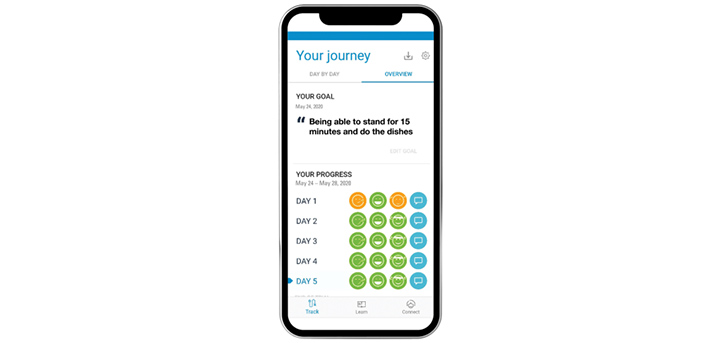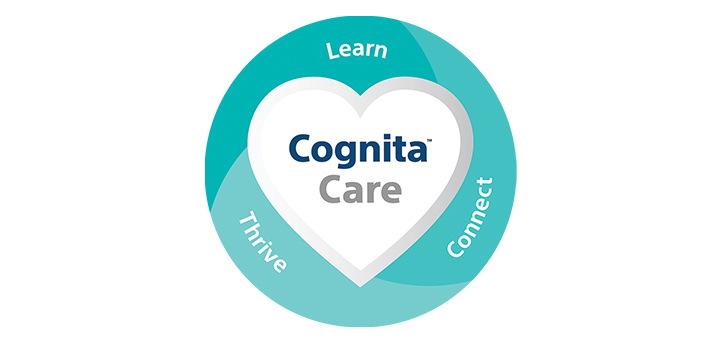Our focus
Electronic implantable technologies and minimally invasive therapies that help patients manage debilitating chronic pain and neurological conditions such as movement disorders.
Carmela's story
At Boston Scientific, we’re dedicated to working closely with physicians and their patients to develop meaningful, industry-leading solutions that can improve the quality of life for millions worldwide. Our personalized pain solutions are designed to offer the broadest selection of evidence-based treatment options that address multiple pain targets and change patients' lives.






